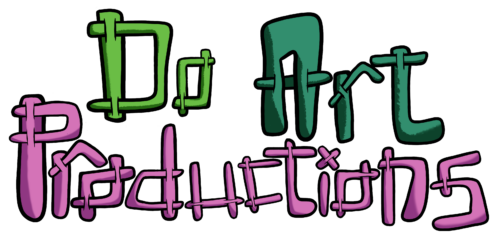Jerry put a book in my hands, late last year. A large, unwieldy textbook, at first I was reluctant to read it. This has been a pattern since childhood–the books I begin by looking at sideways are the ones that have the most transformative impact.
Fast forward to fall of this year and I was in St Charles, MO, doing comic and acting workshops, back to back. Rather like the textbook, the lead-up to this series of workshops had me nervous. ACTING workshops?! For a whole WEEK? But the more I interacted with the kids the more sure of myself I became, and the more I felt that comics and acting were a kind of artistic odd couple: superficially worlds apart, but they belong together.

The book’s author, the artist and pathbreaking clinician Shaun McNiff, introduced me to the concept of Multimodal Art Therapy. The idea that art can heal is an age-old concept in human culture. I expected the book to have this airy, New Age feel, overusing the word art and making grandiose claims, arising from abstract theories. Instead, Mr. McNiff’s book struck me as being fundamentally grounded in practice–just what you want to read when you’re about to face an army of unruly kids. Here was someone who understood what it means to face resistance, frustration on the part of both patient and therapist, and the unsteady anxiety that comes when your grand personal vision meets the often harsh realities of human interaction.
But McNiff didn’t just acknowledge the complexities of bringing art into a group space. He advocated for a particular way of doing art, wrapped up in a rather fancy-sounding word: multimodal. This just means blending artistic media, seeing how they relate to each other, rather than focusing on the particulars.
Comics lends itself naturally to this approach, because it is inherently a mix of language and visual art. One moment you’re talking about drawing eyes, the next you’re talking about emotion and expression. Moving from one aspect of the art form to another in this way creates a flow around the workshop that participants take part in.
The workshop itself becomes a work of art, in which participants are both witnesses and co-artists. McNiff places great importance on “witnessing” the act of art making in his practice. This is about more than just praising someone’s art (although we do a great deal of that as well!) It is about asking questions, getting kids and adults to engage with and respond to what they made, and see something neither good nor bad, but uniquely themselves in it.
With the acting workshop, I faced a specific problem: one of the kids, barely 6 years old, was not comfortable with reading. Most of the acting exercises I had planned involved reading and writing simple words and short sentences, but the boy stated that he couldn’t read. So, over the course of 5 days, I incorporated more pictures and symbols into the workshop. By the end, rather than creating a “script” for the kids to follow, we made a comic on the whiteboard and acted out the scenes panel by panel! With the drawing on the whiteboard, the kids had an easy reference for what they were supposed to do, rather than holding onto a piece of paper, and we were able to storyboard the plot together.
The possibilities for multimodal art are endless. We’ve created ad hoc songs using speech bubbles. We’ve done drum circles at the end of DIY Drum workshops. We’ve used performance to inspire drawing through onomatopoeia and pose drawing. Each time we blur the boundaries between artistic media, we see something new, in the art and in ourselves.
What has led YOU to see creativity in a new way! Reach out to us and let us know. And don’t forget to keep making art, Do Art Nation–you never know where it might lead!


